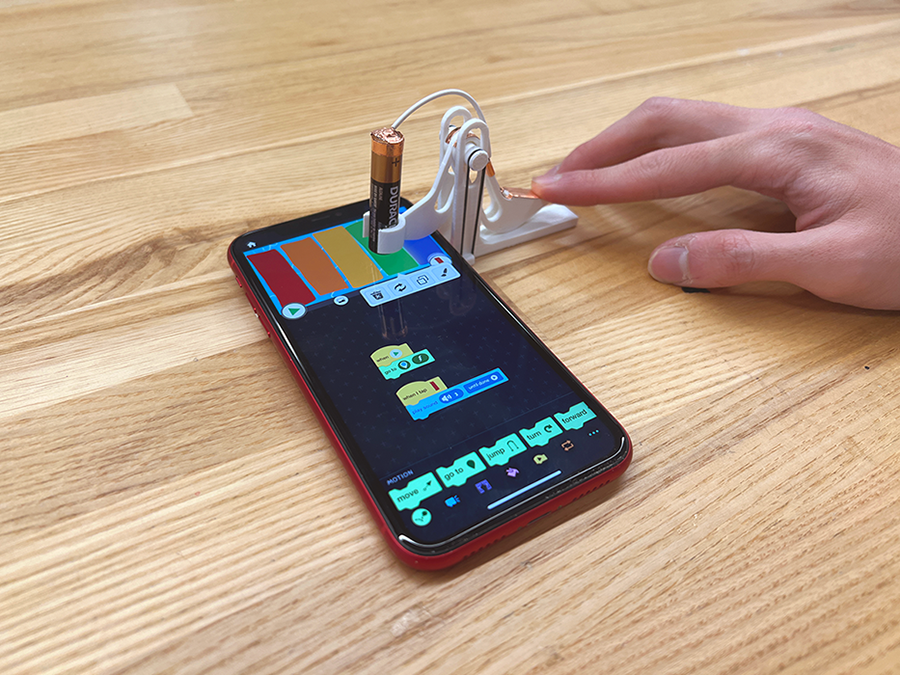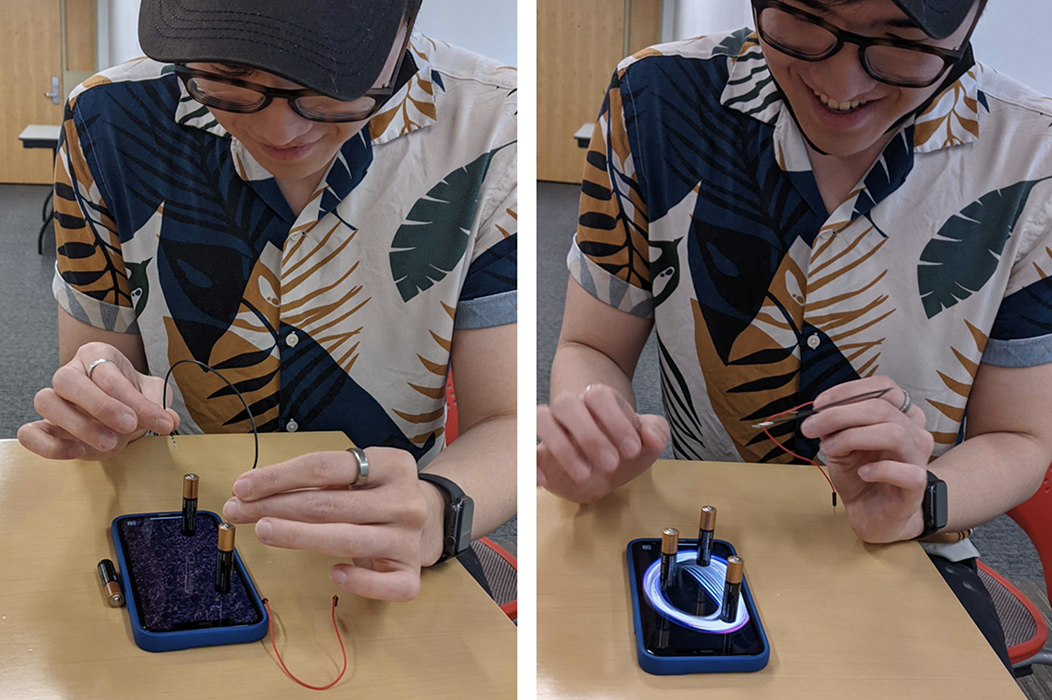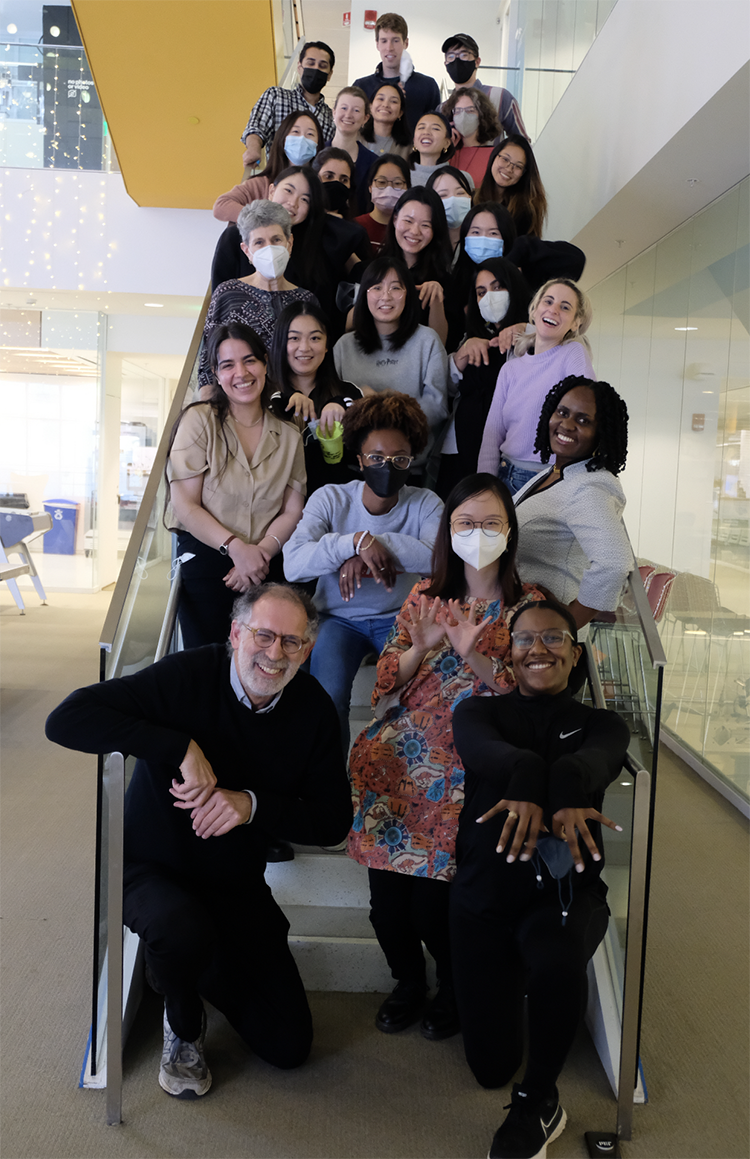Tinker & Touch
extending OctoStudio through a physical toolkit
MIT Media Lab
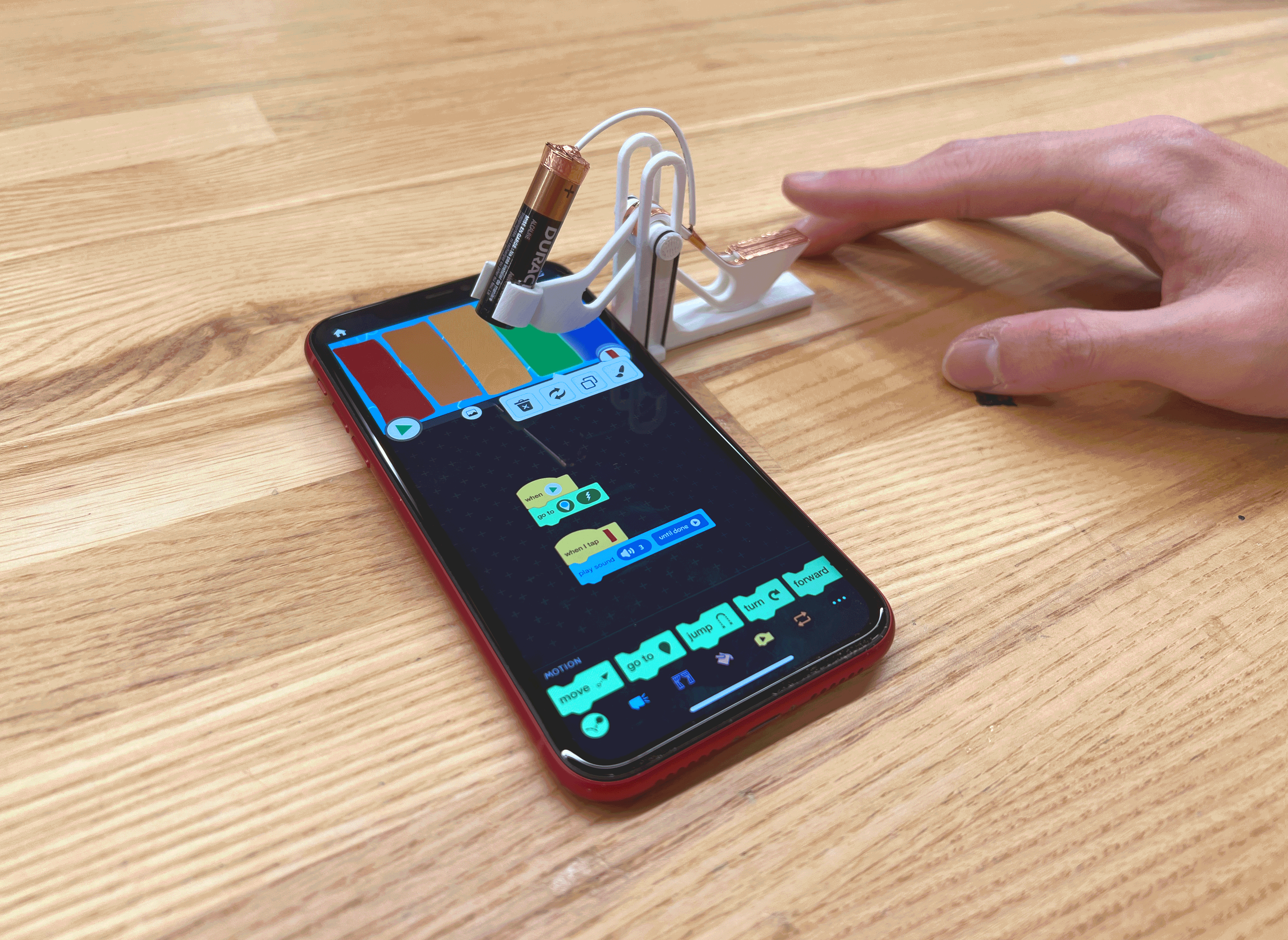
Project Synopsis
Tinker & Touch was developed during a course run out of the Lifelong Kindergarten group at the MIT Media Lab taught by Professor Mitchel Resnick. The course, Learning Creative Learning, took place contemporaneously with the development of the mobile creative coding app, OctoStudio (then, called OctoPlay). The students worked as creative collaborators and user testers of the application; generating new features and potential future applications of the program. Tinker & Touch explores the affordances of a mobile device and the full implications of a constructionist learning experience (see Kafai 2006) by externalizing OctoStudio to a learner’s physical environs.
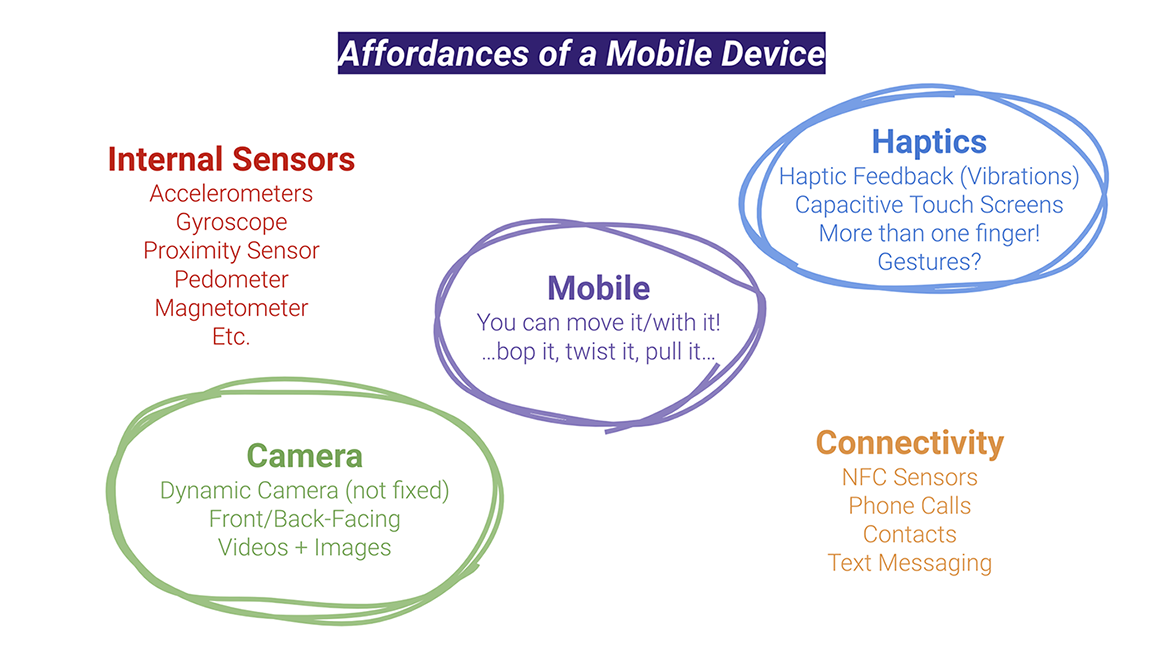
Ideation and Tinkering
A major challenge in this project was becoming comfortable with the process of tinkering as a form of design. Rather than beginning with the desire to execute a specific concept, Tinker & Touch was developed through cycles of play, exploration, and synthesis. By exploring the technological capabilities of a smartphone and physical implications of a portable device, all while considering an assets-based, rather than a deficit-based, design framework (taken from the inclusive design sphere), three ideas emerged: a way in which OctoPlay could capture the physical world, a way in which OctoPlay could become instantiated in the physical world, and a provocative middle ground where OctoPlay could interface with the physical world.

The first is a new feature where Octoplay can use the live camera as a background in lieu of a video or a static image. This would enable tinkerers to generate simple instances of augmented reality through block-based coding. The second involves an instructional guide on how to build a shoebox projector with accessible materials including cardboard and a magnifying glass. See more about these concepts in the presentation.
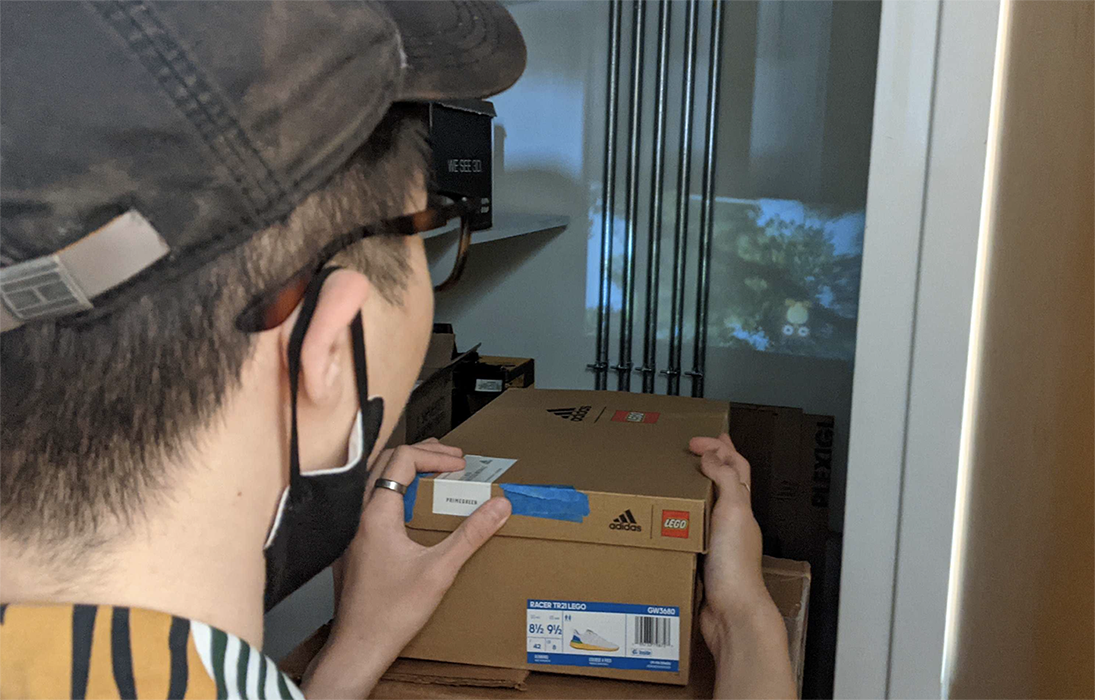
Tinkering Touchscreens
As an application that enables a tinkerer to mobilize their phones through code and internal sensors (microphone, accelerometer, magnetometer, etc.), I became curious on how someone might use a physical, engineered artifact to activate their touchscreens. After researching the qualities of a capacitive phone screen, I discovered that a AA battery is the perfect, accessible replacement for a finger! Tinkering touchscreens explores the first artifact in which a toolkit or a mechanical design workshop can emerge. You can find the .stl file of the machine for 3D printing and the .pdf file of the shoebox projector instructions here.
